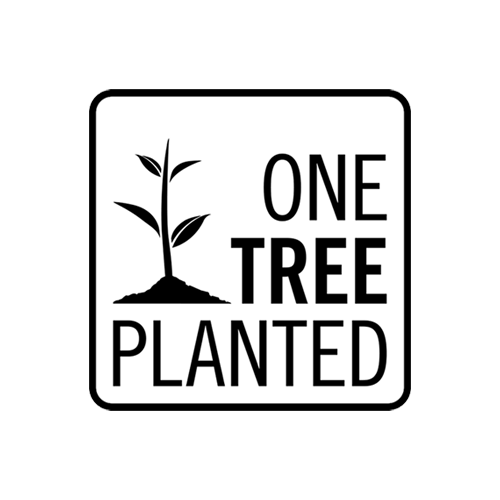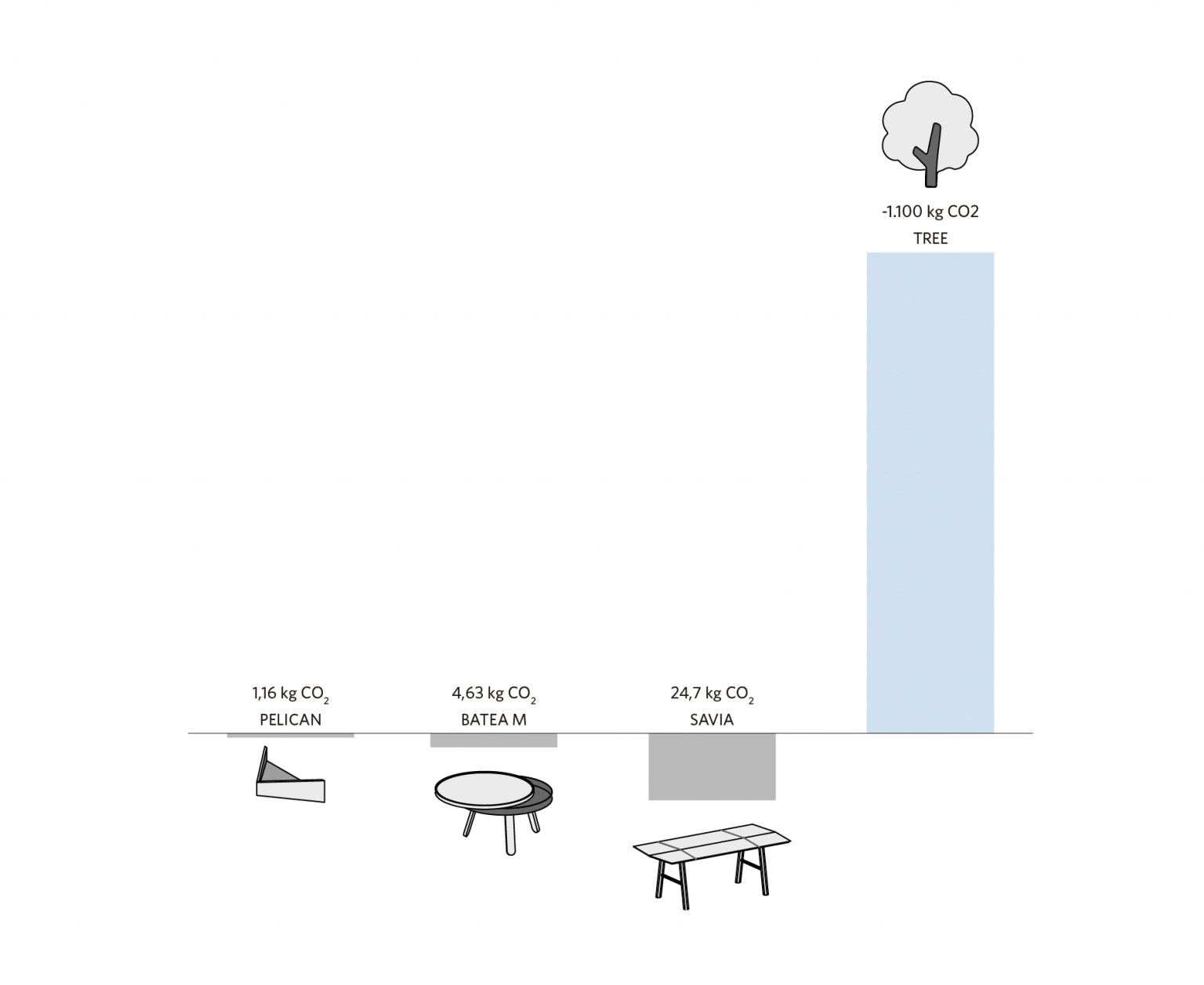SUSTAINABILITY
We Plant Trees
We Plant Trees
One product sold, one tree planted
One product sold, one tree planted

Easy and green
Our sustainability commitment continues with the planting of trees around the world.
For every product sold we plant a brand new tree, that helps reduce CO2, produces more oxygen and preserves the wildlife of our planet.
One product sold, one tree planted
5631 trees planted
that reduced 136.09 tons (aprox) of CO2
that’s the CO2 produced by
6728 flights from Madrid to NYC
6728 flights from Madrid to NYC
(Normally, there are 5 flights per day from Madrid to NYC)
(Normally, there are 5 flights per day from Madrid to NYC)

2022 - Today
Tree Nation
Since 2022, we started partnering with Tree Nation to plant trees around the world in deforested areas.
Since 2022, we started partnering with Tree Nation to plant trees around the world in deforested areas.

2019 - 2021
One Tree Planted
From 2019 throught 2021 we partnered with One Tree Planted, a 501(c)(3) non-profit founded in Shelburne, Vermont. They work with amazing reforestation organizations around the world that need financial support to help them get more trees in the ground.
We planted trees in different regions of Haití.
From 2019 throught 2021 we partnered with One Tree Planted, a 501(c)(3) non-profit founded in Shelburne, Vermont. They work with amazing reforestation organizations around the world that need financial support to help them get more trees in the ground.
We planted trees in different regions of Haití.











